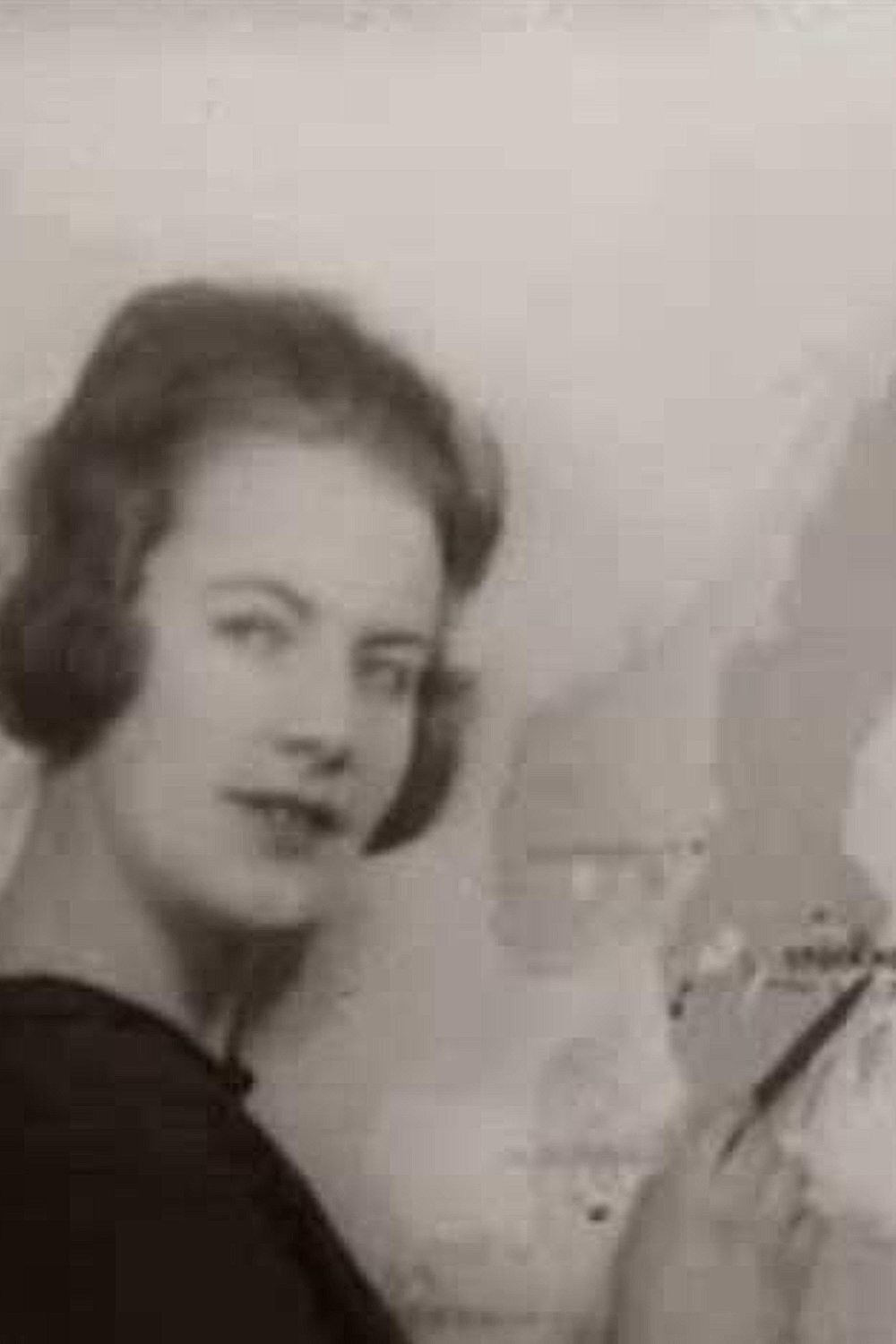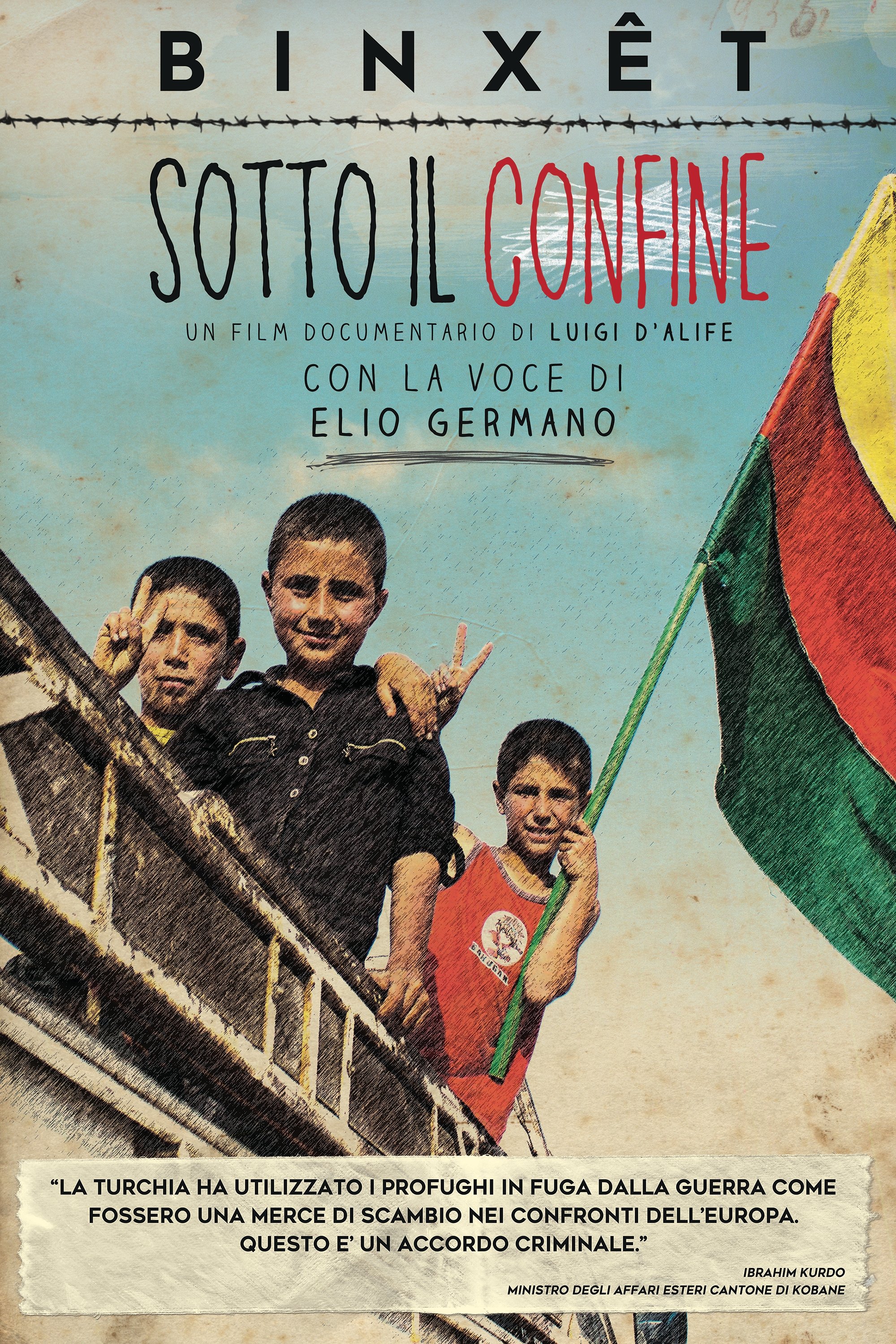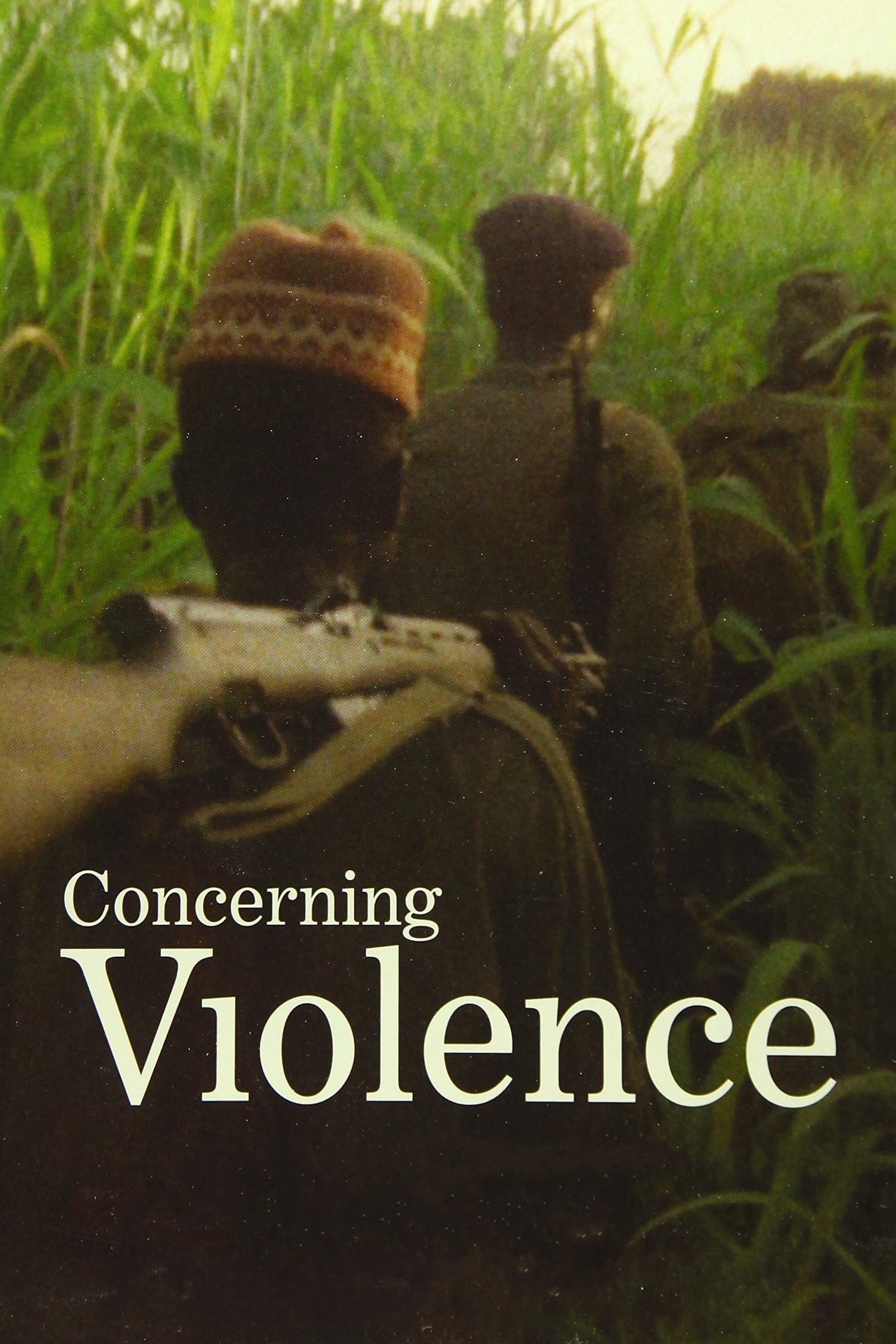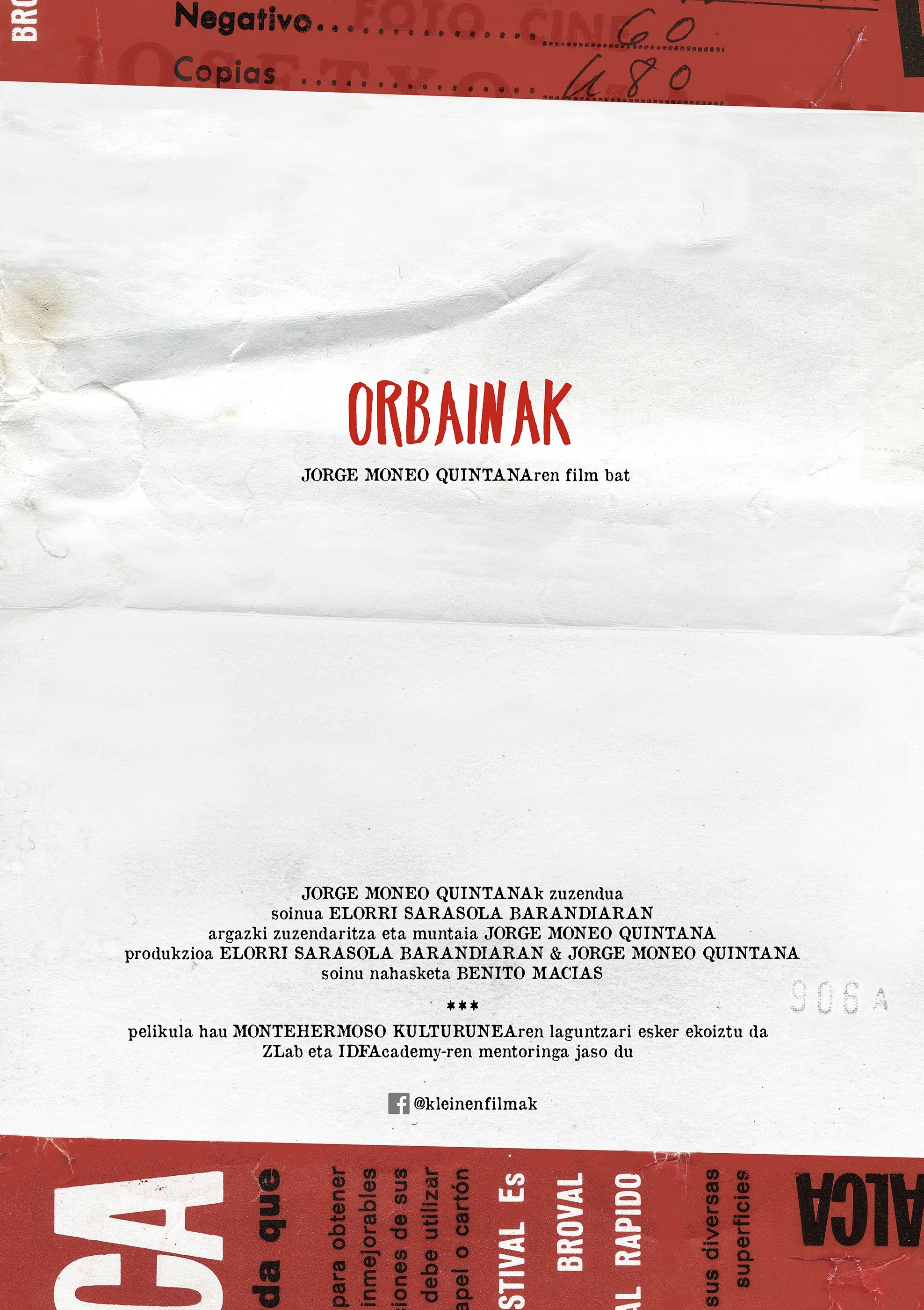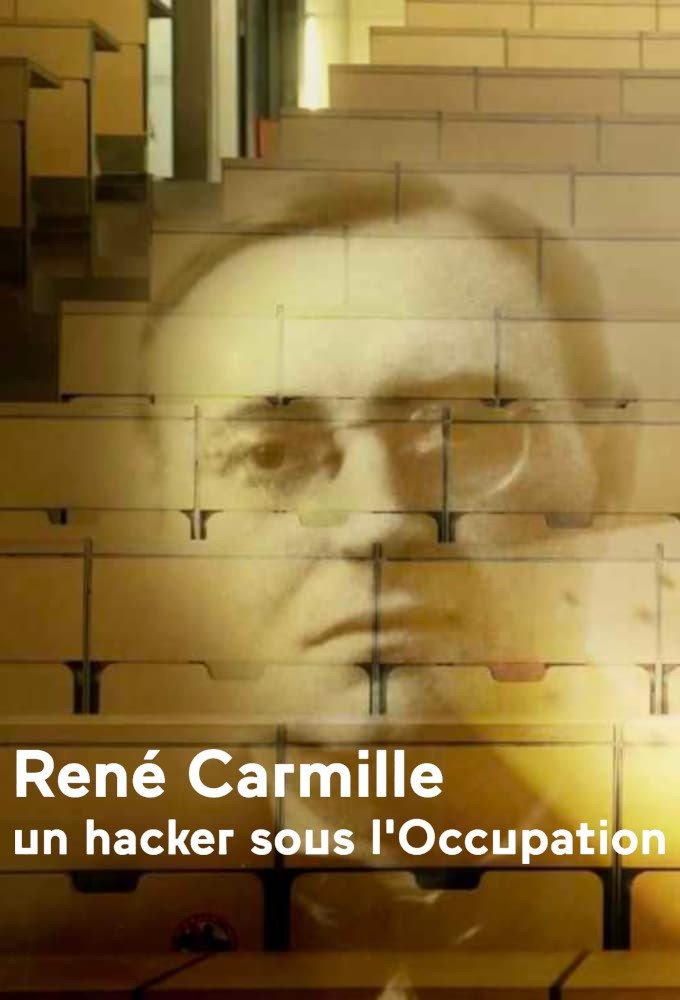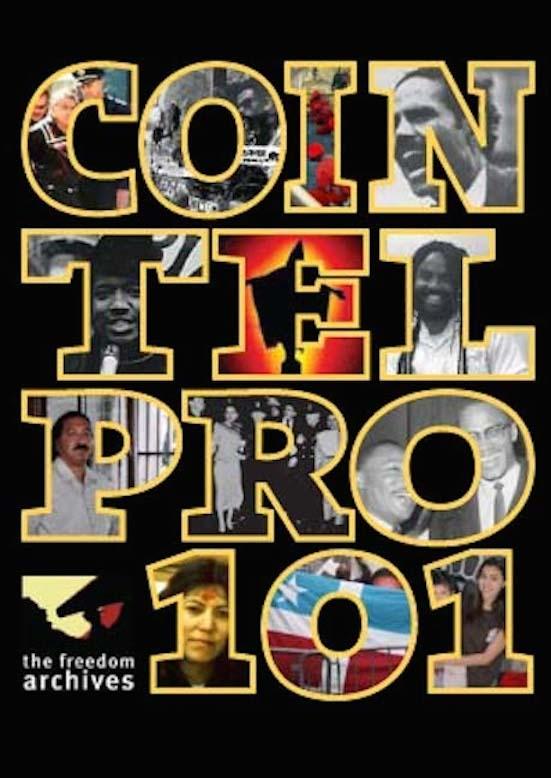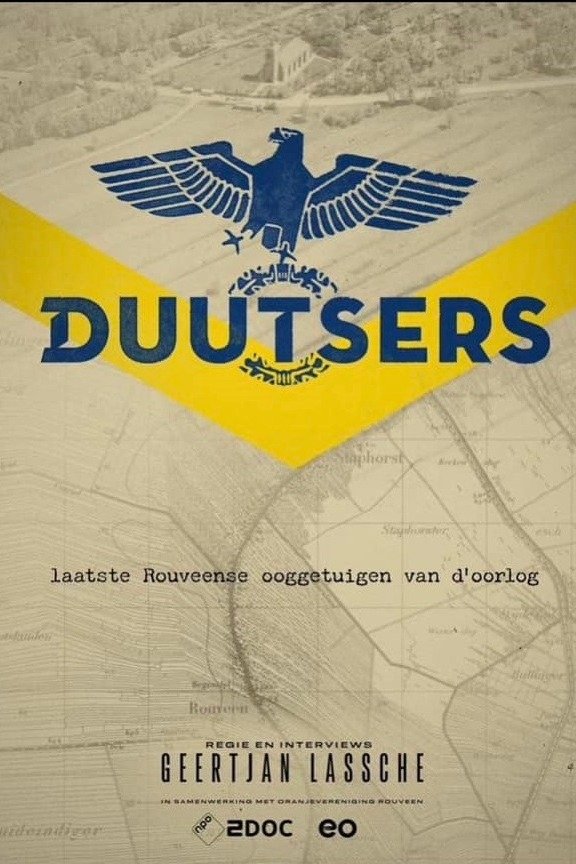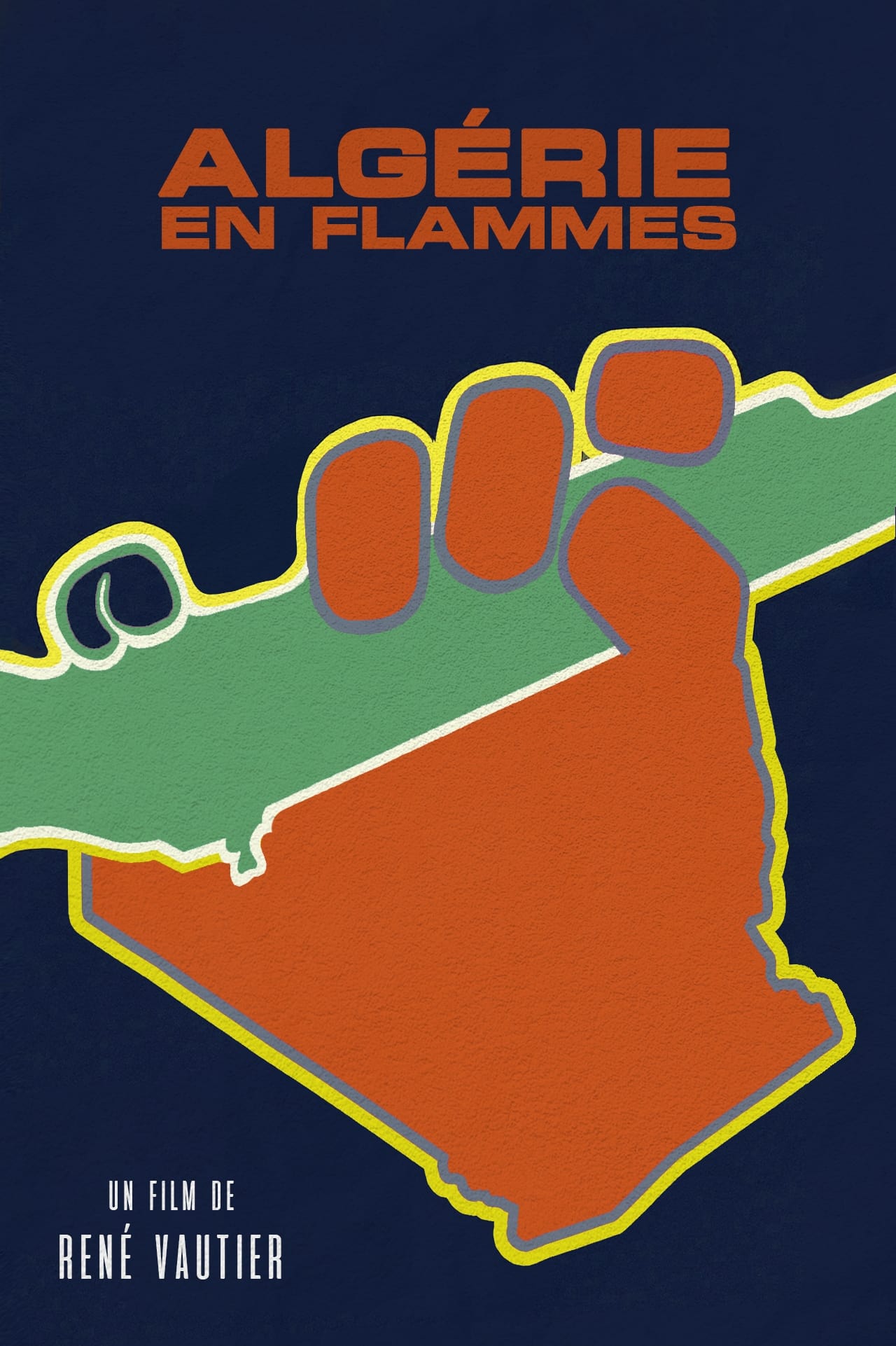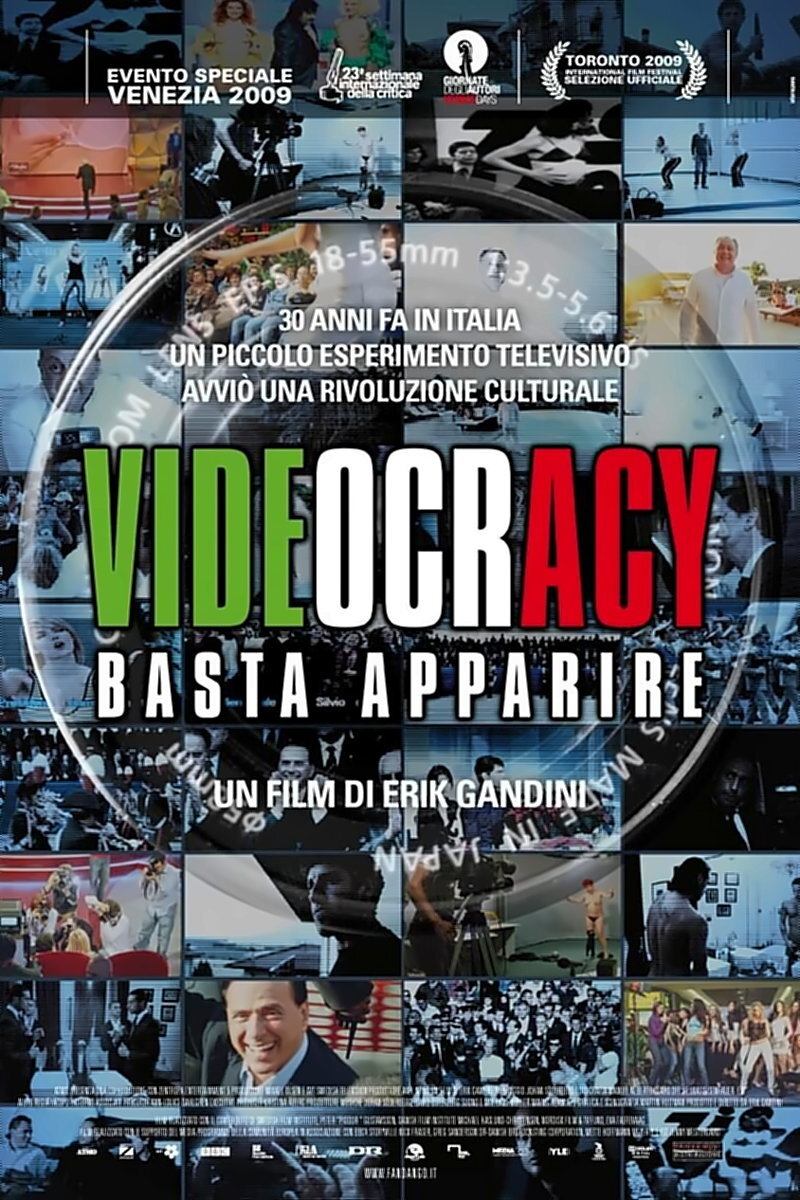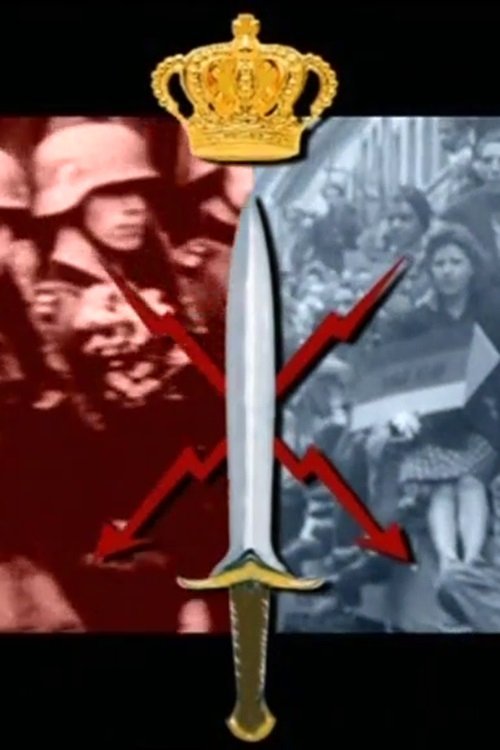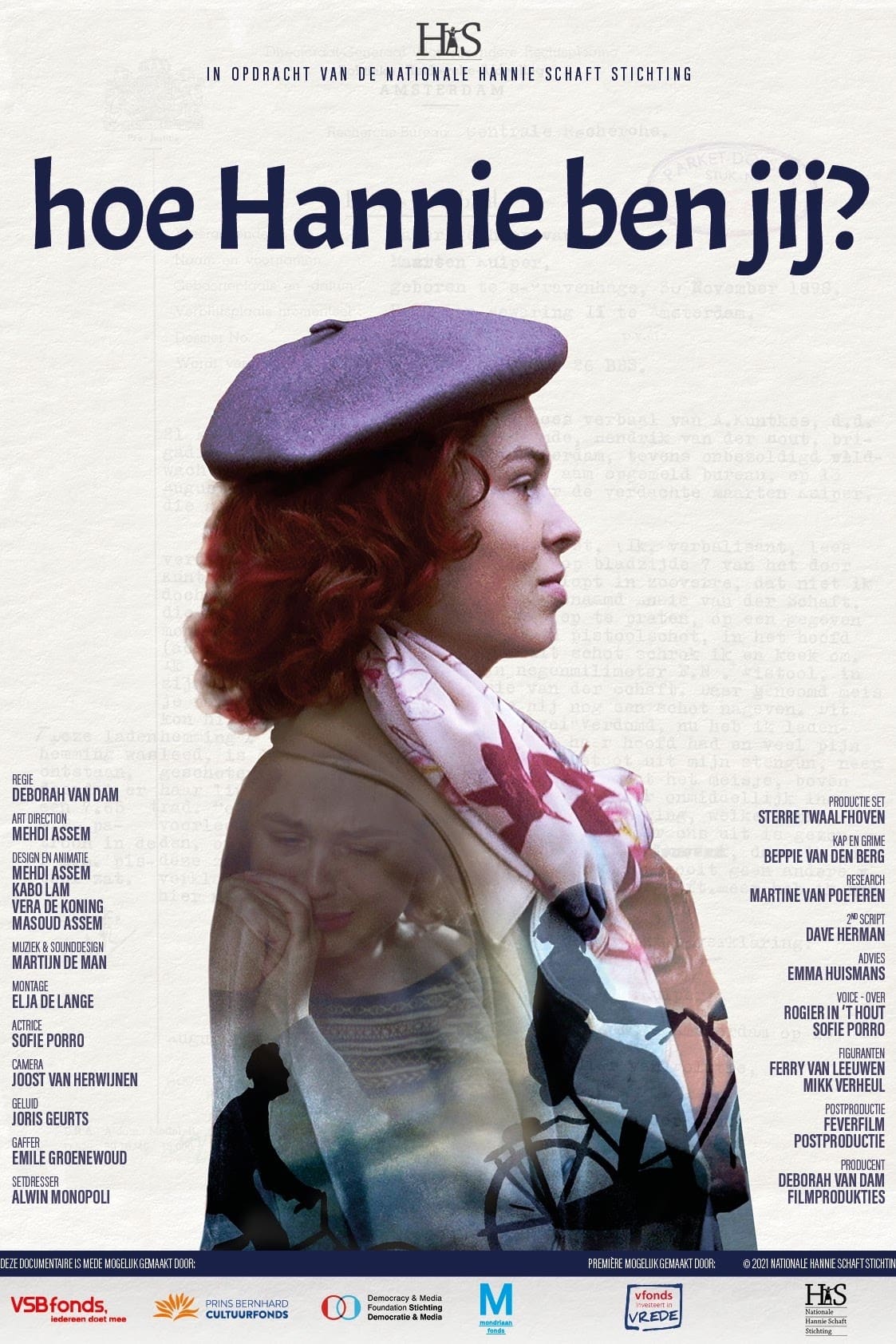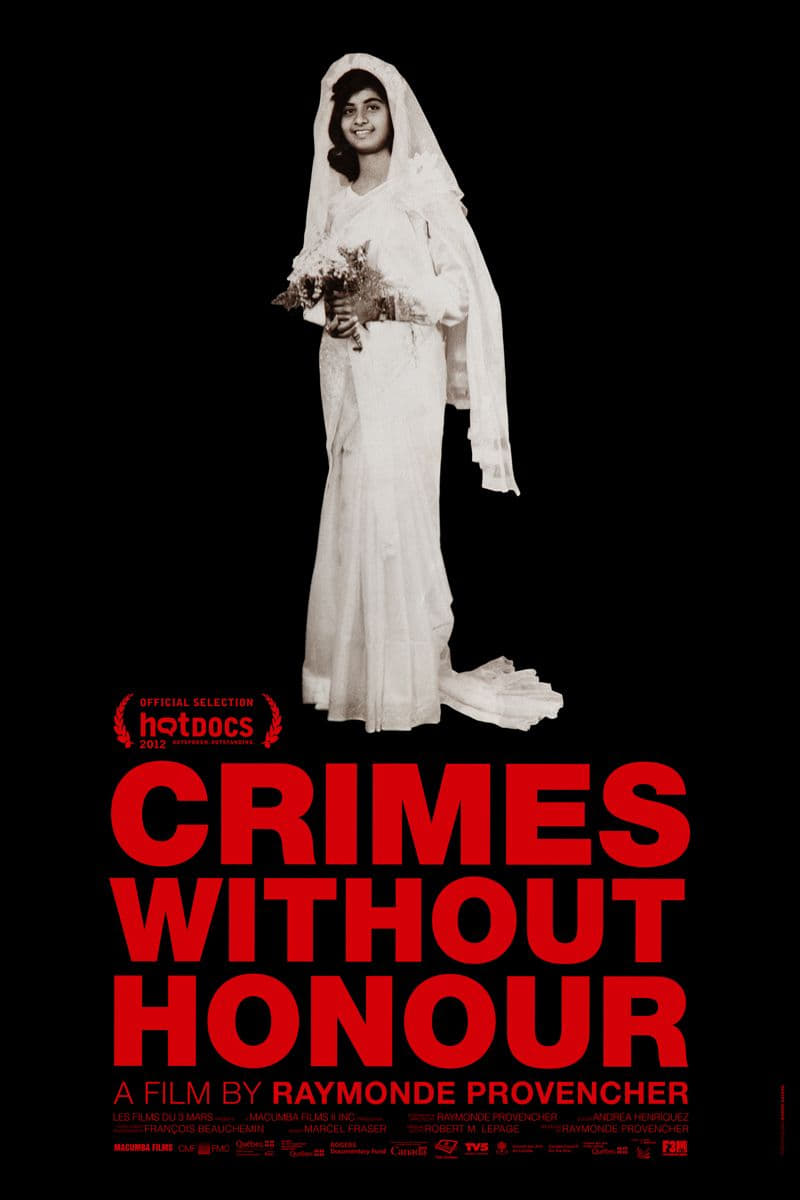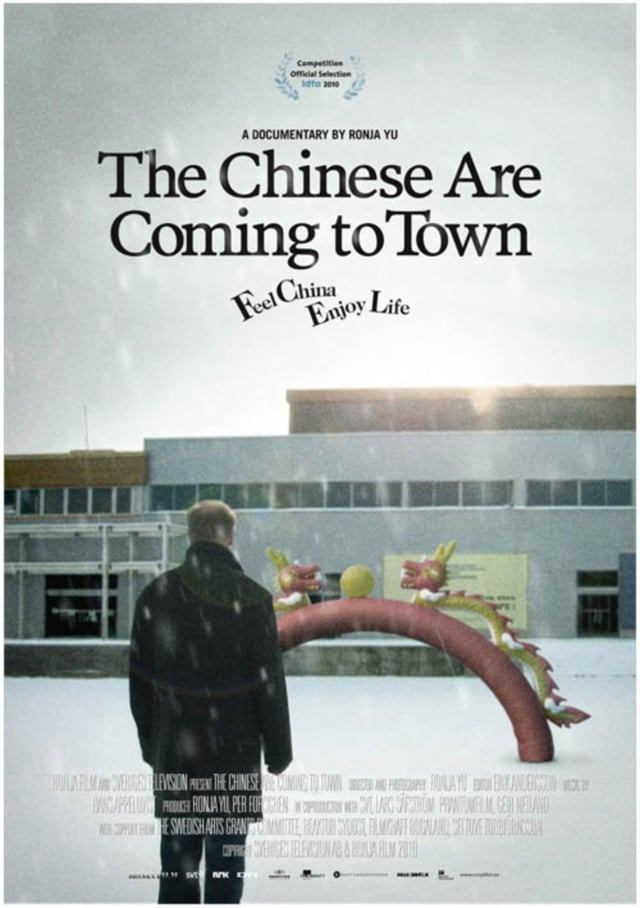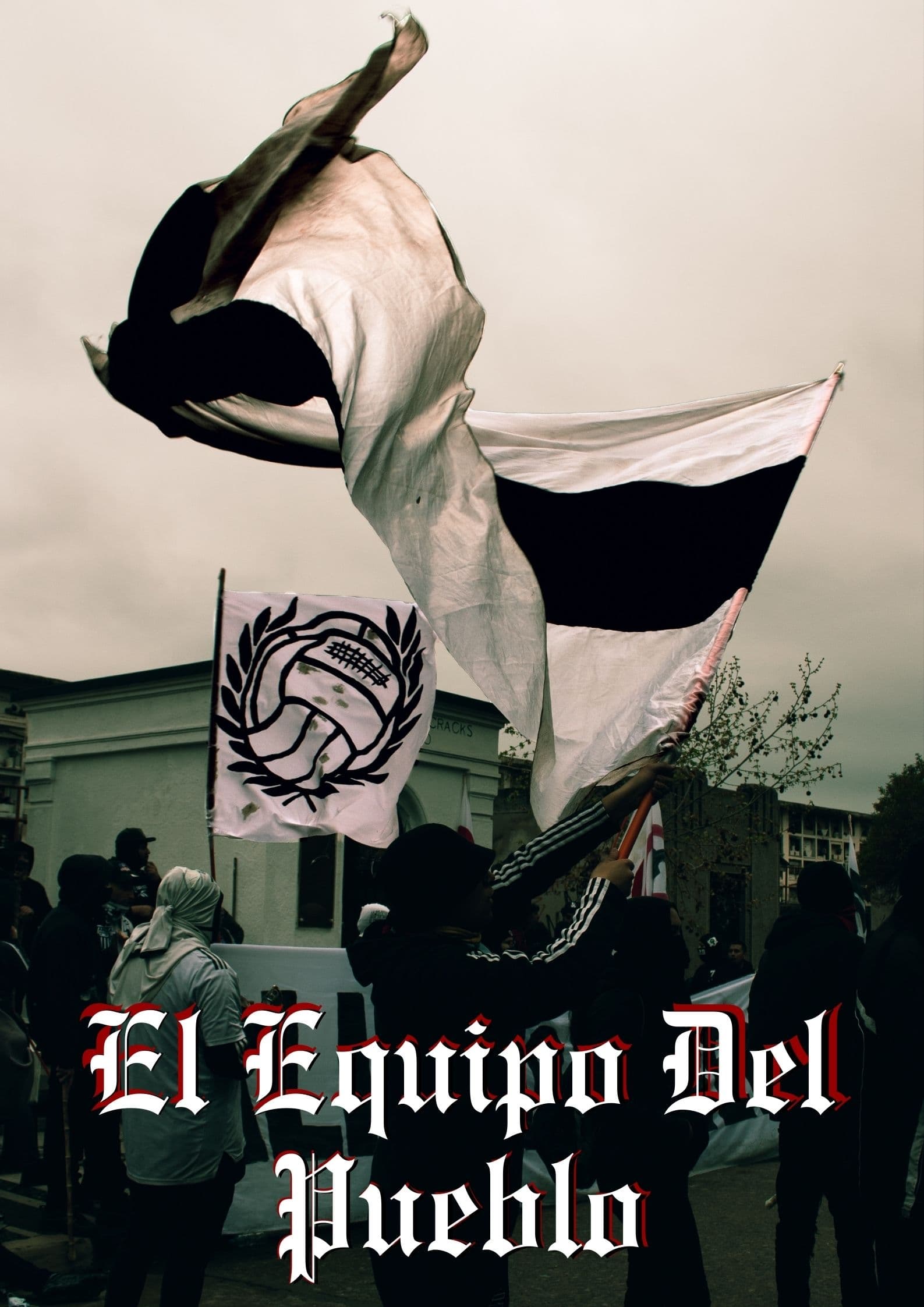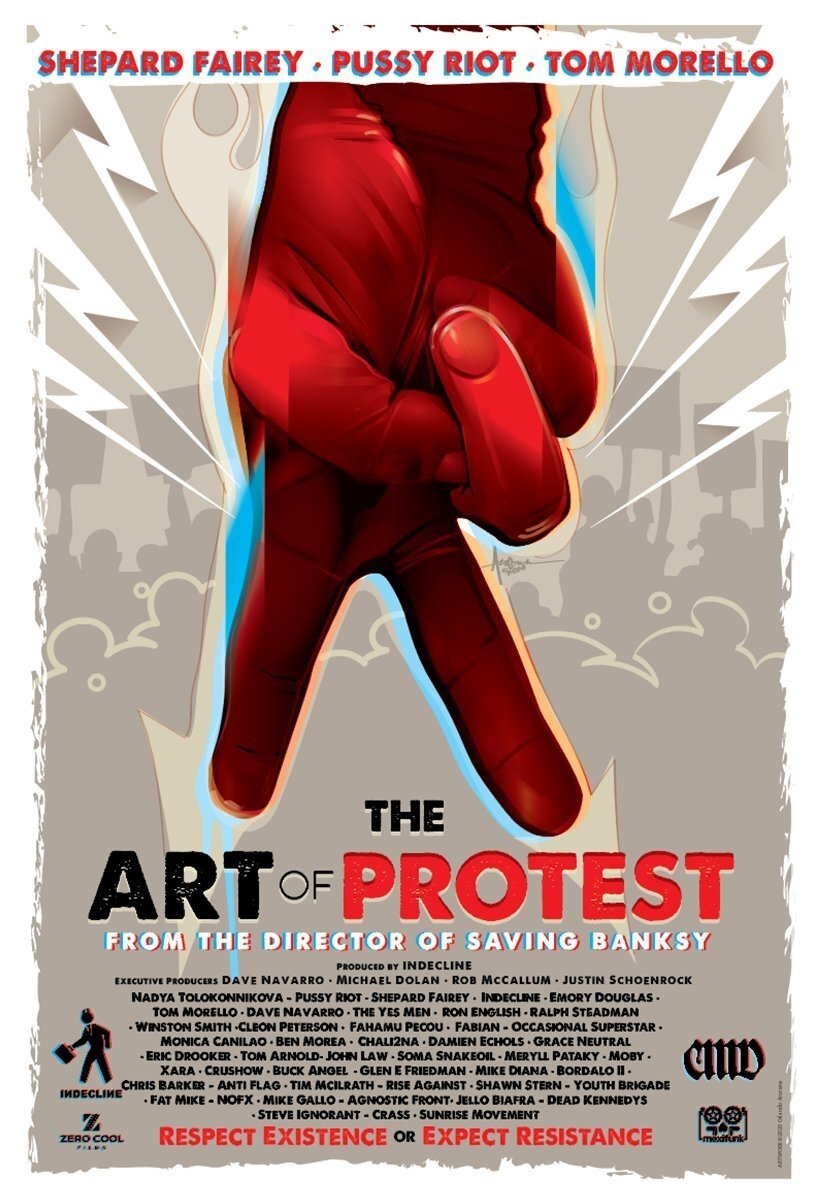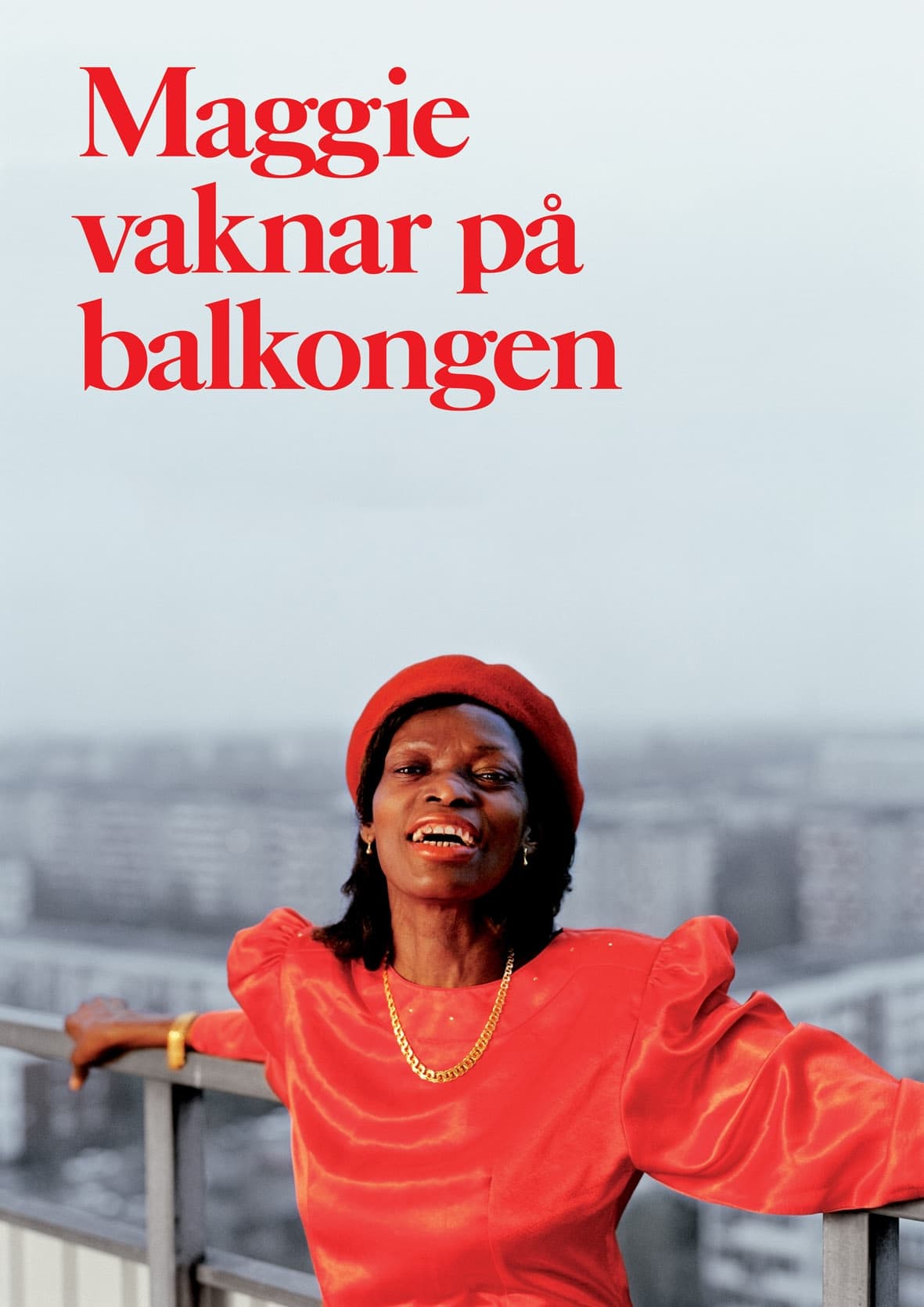The Gállok Rebellion ()
Overview
A movie about the struggle in Gállok, a struggle against british Beowulf Mining Plc. For clean water and a mine free Sápmi.
Production Companies
Additional Info
| Budget | $0.00 |
|---|---|
| Revenue | $0.00 |
| Original Language | sv |
| Popularity | 0.355 |
Directed By
Crew
TOP CAST
Similar Movies
Palme's Secret Agent
At the height of the cold war a struggle broke out between Governments from all over the world as to which position to take about the system of apartheid in South Africa. Leading the fight was Olof Palmes' Swedish Government, which covertly funneled over US$ 1 billion to the resistance movement. This money was given without the knowledge of either the Parliament or the Swedish populace. At the center of the net in South Africa was a Swedish diplomat called Birgitta Karlström Dorph. Meanwhile at the UN the Swedes with their Scandinavian counterparts attempted to win the argument for economic sanctions. This led to bitter arguments which saw Palme leading the fight against the Reagan and Thatcher administrations.
Sweden and Swedish Industries
In this promotional film, Greta points at the town of Malmö on a wall map. Greta Garbo's third promotional film.
Binxet - Under the border
“Binxet – Under the border” is a journey between life and death, dignity and pain, struggle and freedom. It takes place along the 911 km of the turkish-Syrian border. On the one hand the ISIS, in the other Erdogan’s Turkey. In the middle the borders and one hope. This hope is called Rojava, only one point on the chart of a troubled region, a region of resistance and an example of grassroots democracy that speaks about gender equality, self-determination of peoples and peaceful coexistence.
Concerning Violence
Concerning Violence is based on newly discovered, powerful archival material documenting the most daring moments in the struggle for liberation in the Third World, accompanied by classic text from The Wretched of the Earth by Frantz Fanon.
The Scars
The personal stories lived by the Uncle, the Father and the Son, respectively, form a tragic experience that is drawn along a line in time. This line is comparable to a crease in the pages of the family album, but also to a crack in the walls of the paternal house. It resembles the open wound created when drilling into a mountain, but also a scar in the collective imaginary of a society, where the idea of salvation finds its tragic destiny in the political struggle. What is at the end of that line? Will old war songs be enough to circumvent that destiny?
René Carmille, un hacker sous l'occupation
During the Occupation, René Carmille, a graduate of the Ecole Polytechnique, founded what was to become INSEE and created the future national insurance number. This military officer, who became a manager in the Vichy administration, developed his modernist vision of mechanography, the forerunner of computer science, and increased the number of statistical surveys on the French population, at the risk of seeing them serve the antisemitic policy led by Pétain. But Carmille was pursuing a secret goal...
COINTELPRO 101
COINTELPRO 101 exposes illegal surveillance, disruption, and outright murder committed by the US government in the 1950s, 60s, and 70s. “COINTELPRO” refers to the official FBI COunter INTELigence PROgram carried out to surveil, imprison, and eliminate leaders of social justice movements and to disrupt, divide, and destroy the movements as well. Many of the government's crimes are still unknown. Through interviews with activists who experienced these abuses first-hand, with rare historical footage, the film provides an educational introduction to a period of intense repression and draws relevant lessons for the present and future.
Duutsers
How was the Second World War experienced in Rouveen, Overijssel? This Orthodox Christian village near Staphorst was self-sufficient during the war. And largely isolated from the outside world. The last eyewitnesses of the war, the children of that time, are now all very old. In the Duutsers, residents of the Overijssel village of Rouveen talk movingly openly about their war memories to fellow villager and filmmaker Geertjan Lassche. Their stories are interspersed with historical video fragments and photos from the past. This is how an honest child's view of growing up in a rural village unfolds. How did the war come to the village? Who is that stranger in the village in front of them, that German? And in what those of other strangers? When does unrest arise, and unrest in fear of hatred? What about the Jewish labor camps in the village and how did they view the Canadian liberators?
Algeria in Flames
These are the first images shot in the ALN maquis, camera in hand, at the end of 1956 and in 1957. These war images taken in the Aurès-Nementchas are intended to be the basis of a dialogue between French and Algerians for peace in Algeria, by demonstrating the existence of an armed organization close to the people. Three versions of Algeria in Flames are produced: French, German and Arabic. From the end of the editing, the film circulates without any cuts throughout the world, except in France where the first screening takes place in the occupied Sorbonne in 1968. Certain images of the film have circulated and are found in films, in particular Algerian films. Because of the excitement caused by this film, he was forced to go into hiding for 25 months. After the declaration of independence, he founded the first Algerian Audiovisual Center.
Videocracy
In a country where bella figura is a national pastime, Prime Minister Silvio Berlusconi is the maestro of media manipulation. Having risen to political primacy with the aid of his Mediaset empire, he now controls 90% of the bel paese’s television channels including the state-run RAI network. Quantity, it seems, does not equal quality. Fed on a diet of semi-naked dancing girls, inane competitions and rickety reality shows built around the most ridiculous of premises, is it any wonder that Italians are becoming a nation of fame-hungry wannabes?
Santa's Wild Home
Green lights dance across a star-filled sky, and snowflakes sparkle on the trees. It is little wonder Lapland is famous as a realm of elves and flying reindeer, the magical home of Santa Claus. This northernmost region of mainland Europe, however, is a real place, with real animals such as reindeer, Great Gray owls, wolverines, eagles, wolves, musk oxen and Brown bears who live out their lives in the tundra and forest.
Tiananmen: The People Versus the Party
The true story of the seven weeks that changed China forever. On June 4, 1989, pro-democracy demonstrations were violently and bloodily repressed. Thousands of people died, but the basis for China's future was definitely planted.
Crimes Without Honour
Every winter in a cemetery near Stockholm, activists gather to keep the memory of Fadime Sahindal alive. A Kurdish immigrant to Sweden who was murdered by her father in 2002, Fadime has become an international symbol of the debate over cultural traditions that accept the use of violence to control women's behaviour. In Crimes Without Honour, four extraordinary activists risk everything to publicly challenge these traditions and tell their own stories of physical and emotional violence. While they practice different faiths, hail from different parts of the world and have immigrated to different countries, all make it crystal clear that the justification for these crimes is an entrenched family power structure of male supremacy—one that crosses borders, cultures and religions. Raymonde Provencher has crafted a vital addition to a growing body of films about crimes related to patriarchal traditions of family honour.
The Chinese Are Coming to Town
The Chinese global machine has been invited to revitalise the ailing Swedish town of Kalmar. The town's mayor has invited a Chinese company to build a trade centre and 300 homes, but all does not go to plan. An amusing and deeply relevant film, which shows the fault lines that emerge when the tigers of the developing world try to expand into Europe.
El Equipo del Pueblo
Documentary tells the story of the Chilean football club Colo-Colo, exploring its profound impact on popular culture and the everyday lives of its fans. Throughout the film, it shows how the club has transcended sport to become a symbol of resistance, pride, and class struggle in Chile.
The Art of Protest
Welcome to a never-before-seen tour of the creations by resistance artists around the world. From the streets of Moscow to the shores of Los Angeles and featuring interviews with Tom Morello, Dave Navarro, Moby, Shepard Fairey, and more, this powerful film brings a message of hope and change through radical resistance and righteous social uprising.
Maggie in Wonderland
A portrait of Maggie, through Swedish everyday life. Maggie always co-ordinates high heels with a beret, and she loves gold. She lives on the 15th floor in one of Malmö’s suburbs. Her balcony is littered with reminders of her previous life. Under a golf bag, next to a racing ticket from 1999, are the remains of a pigeon that she killed when she couldn’t sleep.
